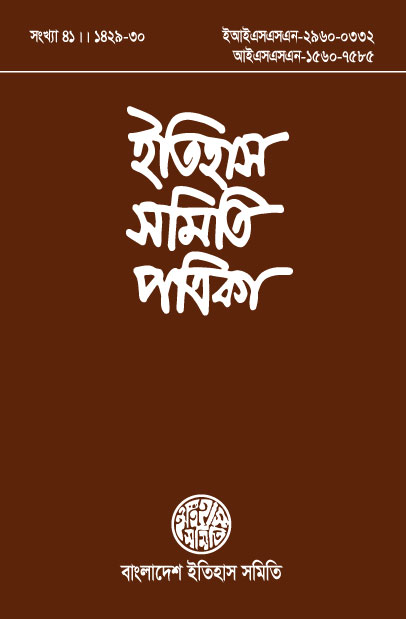বাংলায় নগর জনসংখ্যার পরিবর্তন (১৯০১-১৯৪১): একটি সমীক্ষা

বাংলায় নগর জনসংখ্যার পরিবর্তন (১৯০১-১৯৪১):
একটি সমীক্ষা
ড. রওশন আরা আফরোজ
সহযোগী অধ্যাপক, ইসলামের ইতিহাস ও সংস্কৃতি বিভাগ, চট্টগ্রাম বিশ্ববিদ্যালয়
https://doi.org/10.59815/isp.vol4106Abstract: The history of urbanization in Bengal is luminous with its different features in the continuity of time. Having passed the stages of ancient and medieval urbanization, Bengal and India became familiar with modern urbanization during the rule of the British East India Company. Before that capital, administration and trade were considered as the main directrix of the urban centers. During the British period, for their own convenience of revenue collection, new elements were created in the urban system by forming new small administrative units. Apart from the capital or administrative reason, since ancient times, the exchange of agricultural products were established in geographically important populated areas. Those exchange centers gradually transformed into urban centers. In this process traders, artists and artisans had started to build shops and houses. As the population continued to increase, urban structures were built up in those places. This process continued for centuries. Towns and urban centers came into being around the newly created small administrative units of the British government as well as the residences of the administrative officers. That is, the population of a place and its growth is an indispensable element in the development of cities because the class character of cities change with population growth.
Key Words: Urbanization, Small administrative units, Development of cities, Population growth.
VIEW FULL ARTICLES


